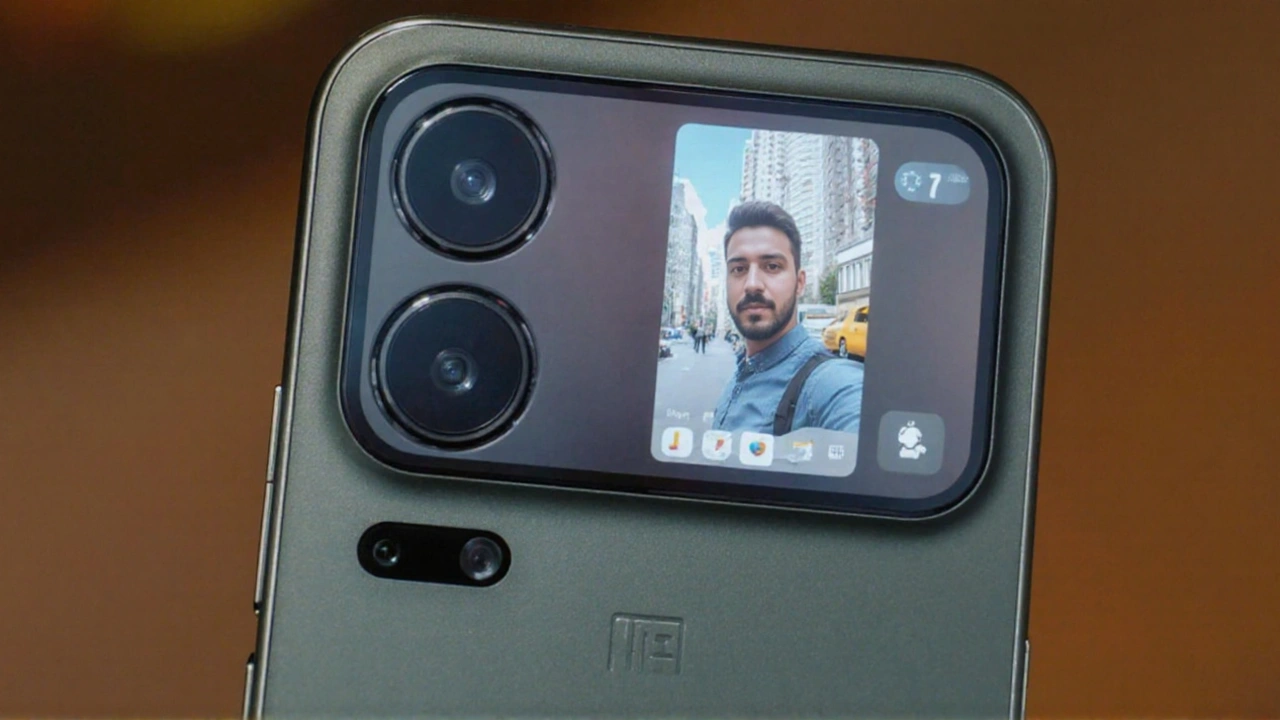Dual-screen smartphones: What they are and why you might want one
Think of a phone that gives you two screens at once. One side works like a regular phone, the other can be a mini‑tablet, a keyboard or a gaming pad. That’s a dual‑screen smartphone. It lets you multitask without juggling apps, watch videos while texting, or type longer messages without a tiny keyboard.
Most of these phones fold out or attach a second panel with a hinge. The tech is still new, so you’ll see a mix of premium prices and a few budget attempts. If you love productivity or mobile gaming, a dual‑screen device can feel like a power boost.
Top dual-screen models in 2025
Several brands have put dual‑screen phones on the market. The Galaxy Z Flip 5 adds a small outer screen that shows notifications and quick replies. The Microsoft Surface Duo 2 uses two 5.8‑inch panels that open like a book, perfect for split‑screen work. Huawei Mate X 3 folds a larger central display and adds a thin strip that acts as a second screen for extra controls.
Mid‑range options include the TCL Dual‑View, which sticks a secondary LCD on the back of a regular phone. It’s cheaper but still lets you watch a video on one side while scrolling social media on the other.
All these models share a few traits: a hinge that feels solid, a software layer that lets you drag apps between screens, and batteries that are larger than usual to keep both displays alive.
How to choose the right dual-screen phone
First, decide what you’ll use the second screen for. If you need a keyboard for emails, look for a model with a physical or on‑screen keyboard that pops up. If gaming is your thing, pick a phone with a fast refresh rate on both panels.
Second, think about size. Some phones have a thin strip that adds a second screen without changing the phone’s width. Others fold like a book, making the device wider when open. Try holding both types in a store to see which feels comfortable.
Third, check the battery life. Dual‑screen phones can drain faster because two displays run at once. Look for a phone with at least 4,500 mAh and fast‑charging support.
Finally, compare price and warranty. Premium models can cost over $1,500, while budget dual‑screen phones sit around $400. Make sure the warranty covers the hinge, as that’s the most likely part to wear out.
When you’ve narrowed your list, read a few user reviews. Real‑world feedback tells you if the software really makes multitasking easy or if the second screen feels like a gimmick.
Dual‑screen smartphones are still a niche, but they’re getting better every year. If you value multitasking, creative work, or immersive gaming, they’re worth a look. Pick the model that matches your daily habits, and you’ll unlock new ways to use your phone.

